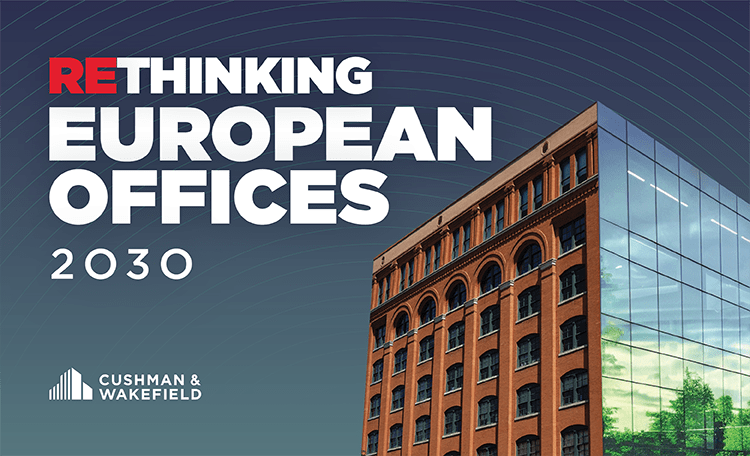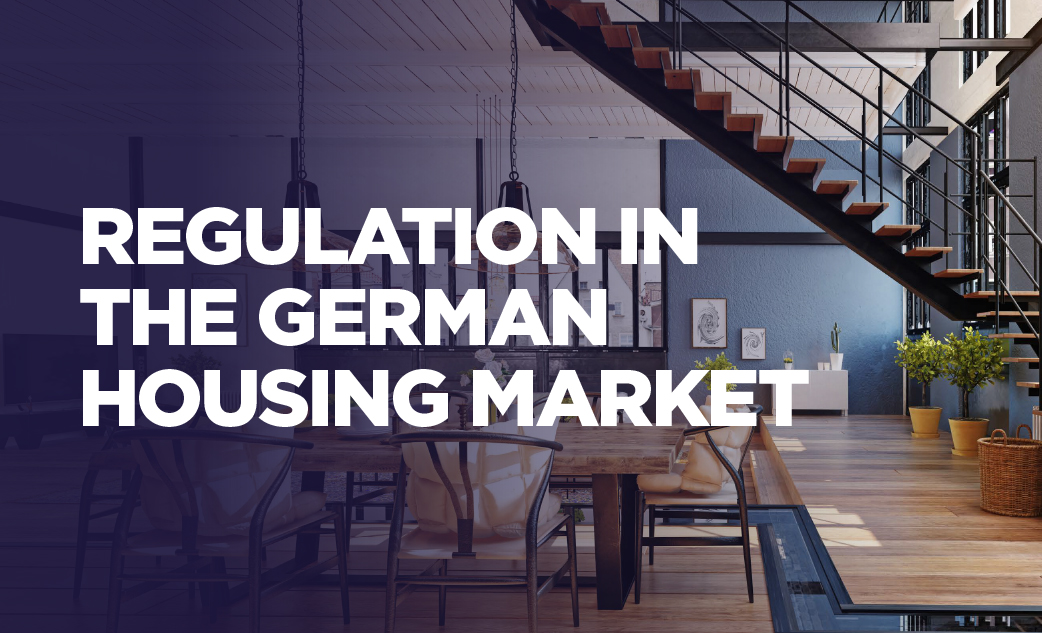According to a recent analysis by Cushman & Wakefield, one of the world's largest real estate consultancies, 40 transactions of 100 million euros or more were recorded on the German real estate investment market in the first three quarters of 2024. Their total volume amounted to 10.8 billion euros. This is significantly more than in the same period of the previous year (31 deals/8.1 billion), but the numbers still fall short of the peak values seen before the interest rate turnaround in 2022. For comparison: In 2021, 109 such large deals were completed, and in 2020, there were 157.
‘A look at the individual asset classes shows that office properties experienced the strongest decline. While the transaction volume for deals over €100 million was still 12 billion euros in 2022, only 1.0 billion euros were transacted in this segment in the first nine months of 2024. Especially the uncertainties regarding future office space demand after the COVID-19 pandemic, the interest rate turnaround in 2022, and the resulting increase in financing costs have contributed to this massive reduction,’ comments Tina Reuter, Head of Germany at Cushman & Wakefield.
Logistics and Industrial Properties, Retail & Hotels Largely Stable
Only slight declines were recorded in the logistics and industrial asset class. This applies to both the number of transactions and the transaction volume, which is roughly in line with previous years, except for 2022. The same trend applies to the hotel sector and retail properties.
Residential Property
The residential sector also saw a decline; however, transactions are stabilising and are roughly in line with the results of the previous two years (Q1-3/2024: 11 deals, volume: €3.4 billion). Nevertheless, both the number of transactions and their volume in the over €100 million range are significantly lower compared to 2020 (25/6 billion) and 2021 (29/16 billion).
Sellers Under Pressure, New Buyer Structures
By the end of September, sellers increasingly included insolvent developers, or their insolvency administrators, as well as companies facing liquidity shortages. At the same time, some of the acquisitions were made by municipal entities purchasing properties for their own use. Examples include the City of Cologne with the acquisition of the northern area of the trade fair grounds in the cathedral city and the purchase of Rossio office project.
High international interest
A notable feature is the high proportion of international buyers in major transactions. Foreign investors accounted for 53 per cent of large deals, significantly exceeding the overall market share of 35 per cent for international buyers.
Another emerging trend is the rise of off-market deals. While structured sales processes dominated in previous years, particularly during investment market boom, many major transactions were concluded without brokers and structured processes by the end of September 2024. This reflects the changing dynamics of the investment market, where buyers and sellers are increasingly opting for more flexible and direct negotiation methods.
Helge Zahrnt, Head of Research & Insight Germany at Cushman & Wakefield, on the expected developments by year-end: ‘We anticipate that market conditions will continue to stabilise, although risks and uncertainties persist. The German market remains particularly attractive to international investors, who can benefit from falling prices. We expect a commercial transaction volume for the overall market of around €25 billion in 2024, representing a 16 per cent increase compared to the previous year.’








